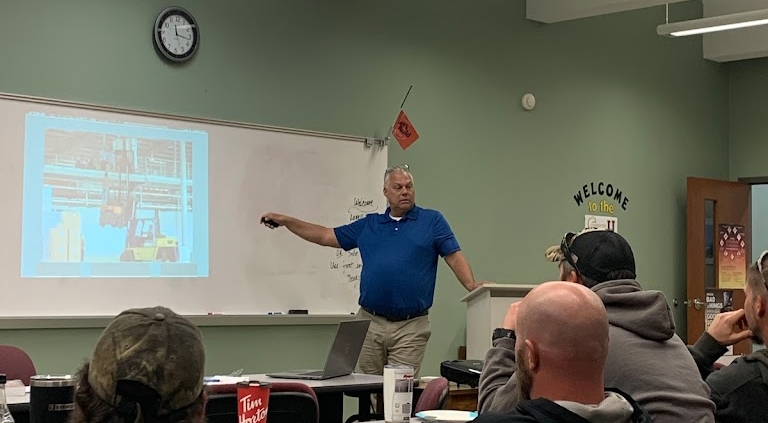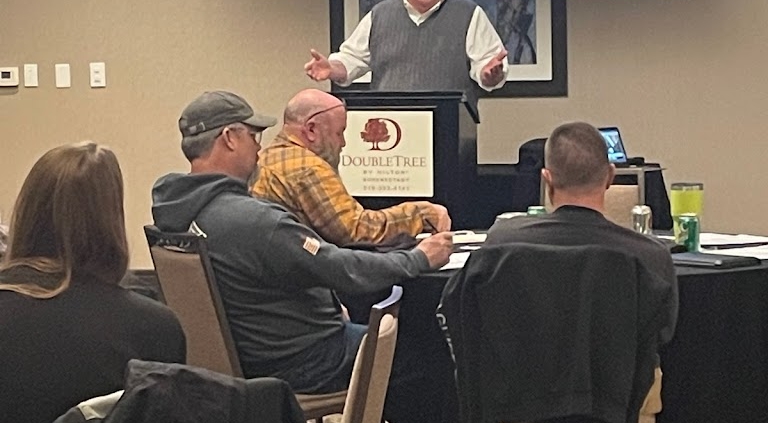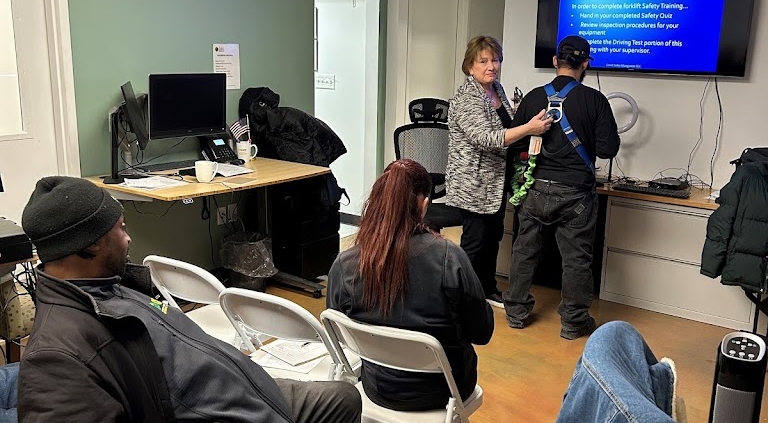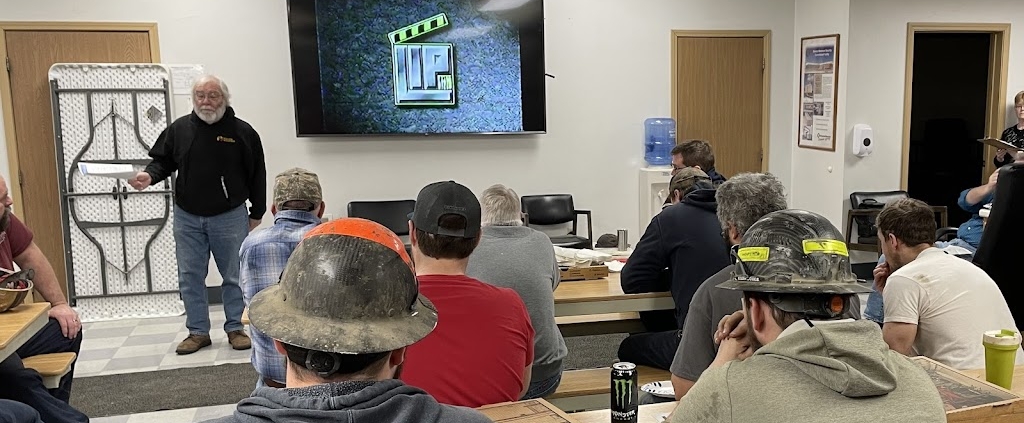EMI Guide Rail’s Annual Safety Forum
Special thanks to Emmy Ingalsbe and the management team at EMI Guide Rail, LLC, for having Lovell at their annual safety forum held on March 27, 2023, at the Double Tree Hotel in Schenectady. Robert Labombard, Lovell Assistant Director of Safety and Jeanine Deyo, Lovell Regional Claims Representative participated and presented to EMI staff. Safety is what drives safety group performance and this year members of safety group #469 will be enjoying a 27.5% dividend!
Fall Protection Training for CRS
Safety is what drives safety group performance and at Lovell, we don’t just promise safety services – we deliver! Susan G. Fahmy, Vice President and Director of Safety at Lovell provides fall protection training to employees of our business partner CRS – Corporate Relocation Systems Inc.. Members of Safety Group #251 – NYS Movers, Truckers, & Warehousemen have proven that safety pays with their most recent dividend of 32.5%.
5th Annual Safety Executives of New York Annual PDC
Susan Fahmy and Wael Khalil recently attended a safety professional development conference so that we can stay up to date on what is going on in the safety industry. The theme of the 75th annual Safety Executives of New York Annual PDC was psychosocial hazards, risks and prevention. Fun fact: Susan was a past president of SENY!
Bloodborne Pathogens & Infectious Diseases Awareness training at Jefferson Concrete Corp.
John Macvittie, Lovell Safety Consultant provides Bloodborne Pathogens & Infectious Diseases Awareness training last week to staff at Jefferson Concrete Corp. Special thanks to our business partner Jefferson Concrete Corp., the mutual commitment to loss prevention is what drives the consistent dividends in Lovell’s Workers’ Compensation Safety Groups. To date, Lovell customers have received over $1.15 BILLION in dividends.
Forklift Training for Vicon Industries
There’s a reason why Lovell Workers’ Compensation Safety Group’s consistently outperform the market – a working partnership with our clients to improve safety and drive down their workers’ compensation costs! Nick Lisio, Lovell Safety Consultant gets a special thank you from our partners at Vicon Industries Inc. for conducting Forklift Certification Training!
JC Duggan Forklift Safety Training
Lovell Safety Consultant, Wael Khalil conducted Forklift Certification Training on 3/15/23 at our policyholder JC Duggan Inc.’s Brooklyn location.
Safety Pays Dividends to the tune of 32.5% for those in Lovell Workers’ Compensation Safety Group #251!
















